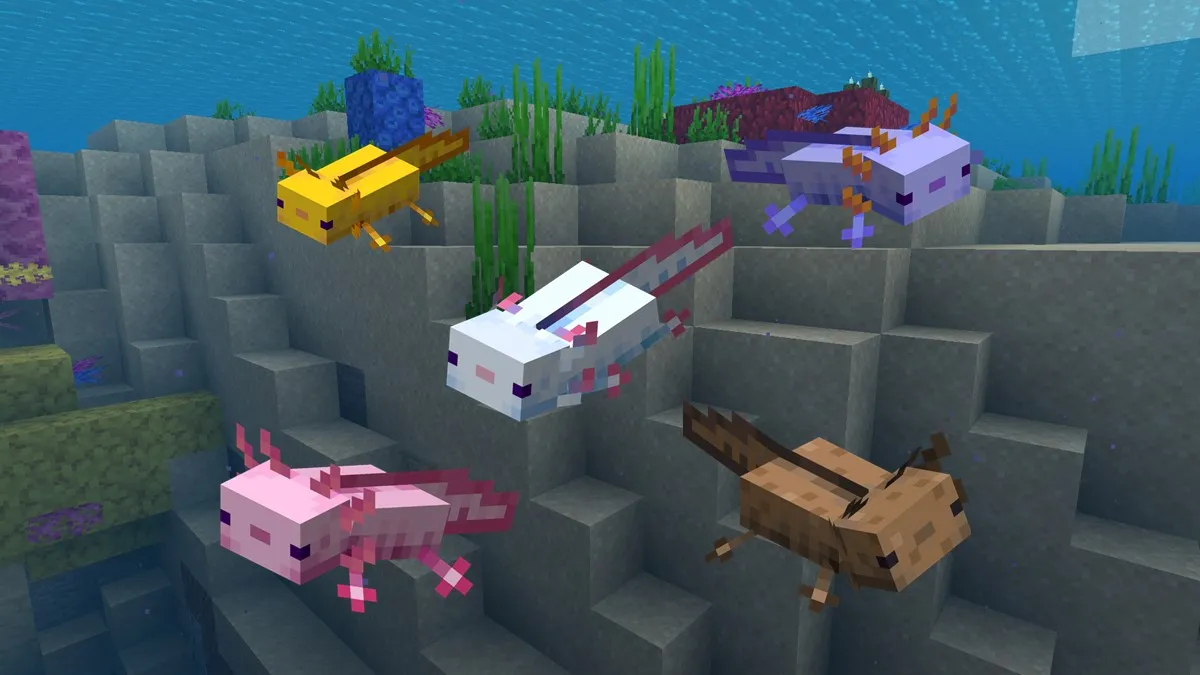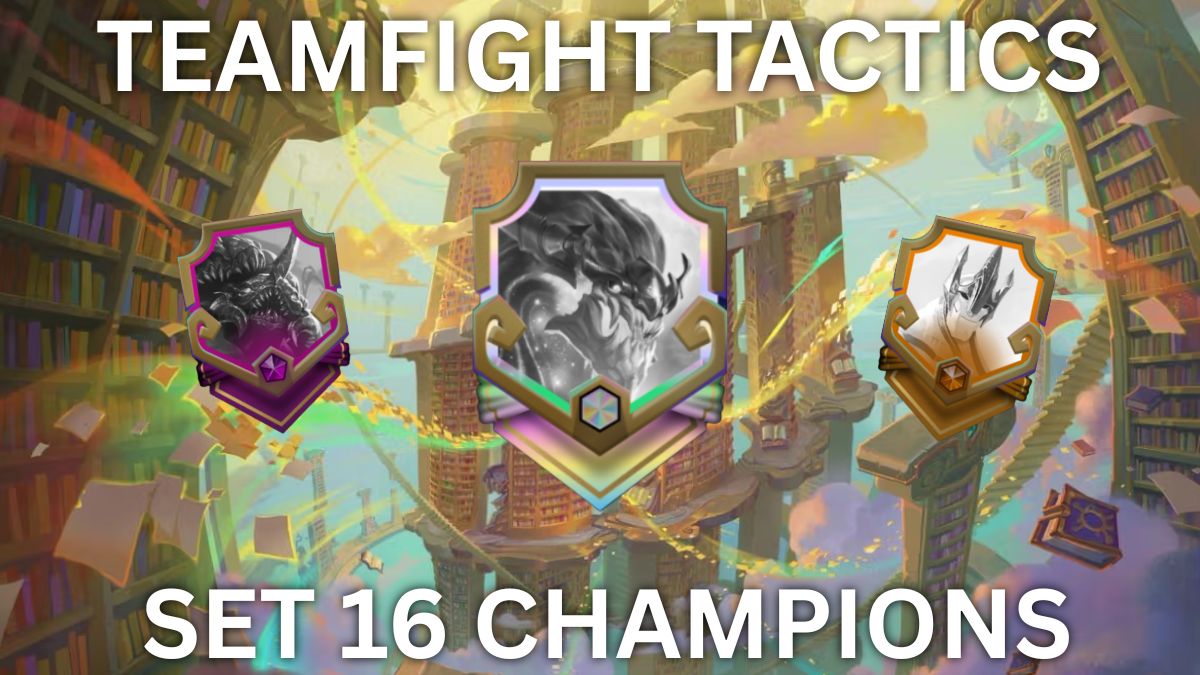The axolotl comes in a variety of colors, and you can find them while exploring the lush caves in Minecraft. There are multiple types for you to find, giving you a chance to bring them back to your homestead and take care of them, potentially breeding more to have an axolotl farm on your hands.
There are several colors for you to find, which can be difficult to track. In this guide, we’re going to cover all of the axolotl colors you can find in Minecraft, including the unreleased and removed colors that you won’t be able to find.
Related: Every item in Minecraft – All Blocks, Weapons, Food, and more
Every Axolotl Color in Minecraft

There are five notable colors of Axolotl that you can find in Minecraft. You can find Leucistic, Wild, Cyan, Gold, and Blue, with Blue being the rarest of the five choices. There are, also several unreleased colors that have been shared by others in the Minecraft community, which we’ve also included in this guide. There’s the chance these could release in the future, but for now, they are not in the final game.
Here’s a breakdown of the four standard Axolotl colors you can find in Minecraft and the odds of having them appear in your world.
Common
- Leucistic: Leucistic Axolotls, or ‘Lucy’ for short, are light pink with pink detailing
- Wild: Wild Axolotls are brown with dark brown detailing
- Cyan: Cyan Axolotls are a blueish white with pink detailing
- Gold: Gold Axolotls are yellow and a golden detailing
Each of the four standard colors of the Axolotl has a 24.98 percent chance to spawn before you find them in Minecraft. If you add that all up, there’s a 99.917 percent chance of an axolotl appearing as one of the common colors, giving you an extremely small for the rare color to spawn.
Rare
- Blue: Blue Axolotls are periwinkle blue with blue and orange detailing.
Rare Axolotls are extremely hard to find and only have a 0.083% chance of spawning in your Minecraft world. They also, however, have the same opportunity through breeding if you wish to try for one repeatedly. There’s an extremely low chance of this happening.
Related: How to breed Axolotls in Minecraft
Unreleased/Removed
- Leucistic (old version): The old version of the Leucistic Axolotl was a yellowish pink. Their in-game replacement is common-tier.
- Wild (old version): The old version of the Wild Axolotl was a brownish orange. Their in-game replacement is common-tier.
- Green: Green Axolotls are lime green with green detailing. They were shown in the Axolotl announcement, but are not currently in the game. Whether they are to be added later remains to be seen, but the rare Blue axolotl may have replaced it.










Published: Jul 18, 2023 05:04 pm